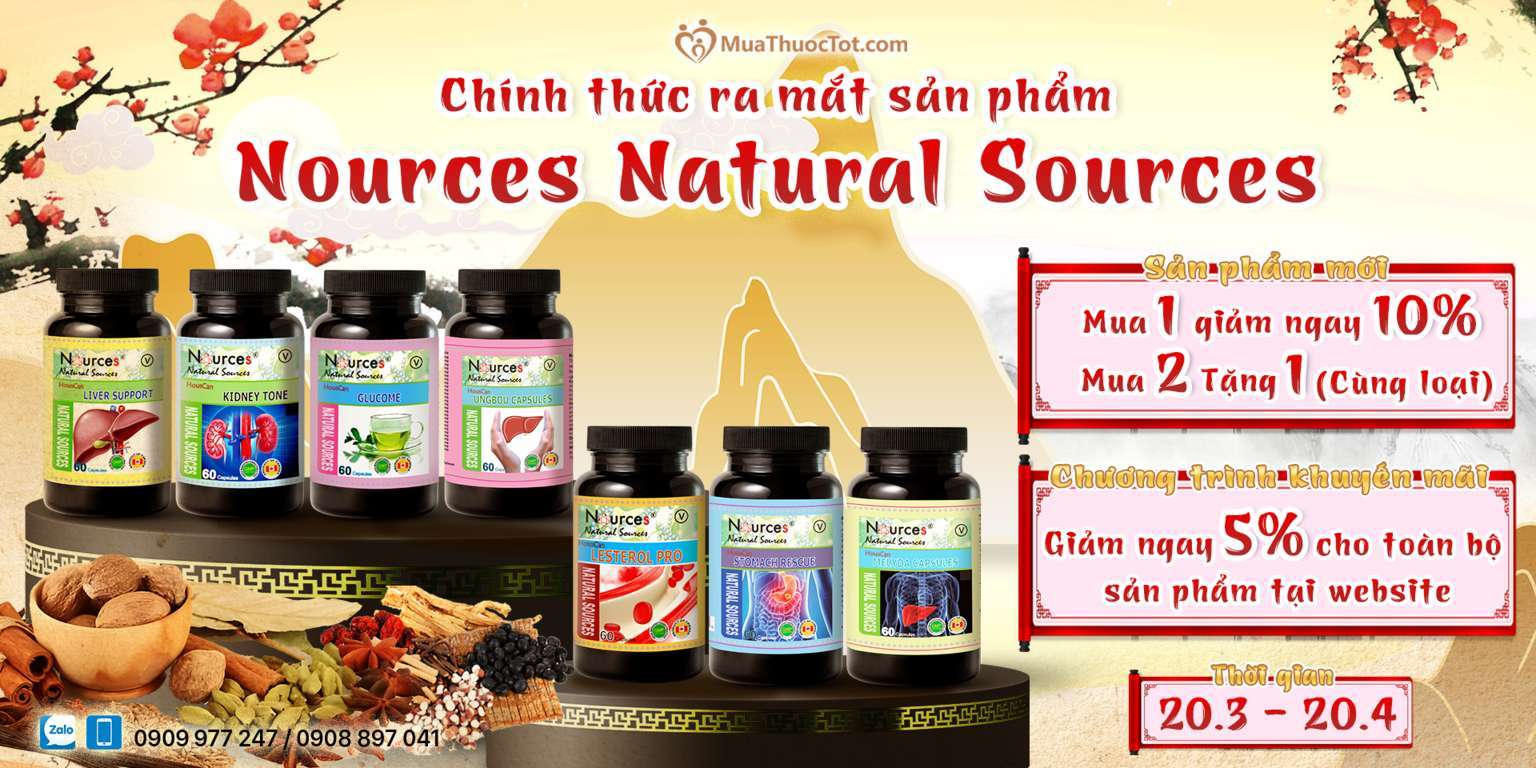-
 Thanh toán đa dạng, linh hoạtChuyển khoản ngân hàng, thanh toán tại nhà...
Thanh toán đa dạng, linh hoạtChuyển khoản ngân hàng, thanh toán tại nhà... -
 Miễn Phí vận chuyển 53 tỉnh thànhMiễn phí vận chuyển đối với đơn hàng trên 1 triệu
Miễn Phí vận chuyển 53 tỉnh thànhMiễn phí vận chuyển đối với đơn hàng trên 1 triệu -
 Yên Tâm mua sắmHoàn tiền trong vòng 7 ngày...
Yên Tâm mua sắmHoàn tiền trong vòng 7 ngày...
The End of Food Allergy: The First Program To Prevent and Reverse a 21st Century Epidemic
-

- Mã sản phẩm: 0593189515
- (116 nhận xét)

- Publisher:Avery; 1st edition (September 29, 2020)
- Language:English
- Hardcover:352 pages
- ISBN-10:0593189515
- ISBN-13:978-0593189511
- Item Weight:1.2 pounds
- Dimensions:6.42 x 1.17 x 9.31 inches
- Best Sellers Rank:#73,925 in Books (See Top 100 in Books) #2 in Children's Allergies Health #14 in Allergies (Books) #26 in Food Allergies (Books)
- Customer Reviews:4.6 out of 5 stars 116Reviews

Mô tả sản phẩm
Product Description
A life-changing, research-based program that will end food allergies in children and adults forever.
The problem of food allergy is exploding around us. But this book offers the first glimpse of hope with a powerful message: You can work with your family and your doctor to eliminate your food allergy forever.
The trailblazing research of Dr. Kari Nadeau at Stanford University reveals that food allergy is not a life sentence, because the immune system can be retrained. Food allergies--from mild hives to life-threatening airway constriction--can be disrupted, slowed, and stopped. The key is a strategy called immunotherapy (IT)--the controlled, gradual reintroduction of an allergen into the body. With innovations that include state-of-the-art therapies targeting specific components of the immune system, Dr. Nadeau and her team have increased the speed and effectiveness of this treatment to a matter of months.
New York Times bestselling author Sloan Barnett, the mother of two children with food allergies, provides a lay perspective that helps make Dr. Nadeau's research accessible for everyone. Together, they walk readers through every aspect of food allergy, including how to find the right treatment and how to manage the ongoing fear of allergens that haunts so many sufferers, to give us a clear, supportive plan to combat a major national and global health issue.
Review
“Our daughter's world changed dramatically after Dr. Nadeau successfully treated her life-threatening food allergy. If you suffer from food allergy, or have a loved one who does, this book is a must-read!”–Nancy and Steve Carell
“Kari Nadeau is a true pioneer: she has steered the allergy world out of the dark ages and into the light of scientific cures. For anyone who has suffered from food allergies or lived in fear of them, this book is a ray of hope. It’s an illuminating read on why our own immune systems sometimes hold us hostage after we eat—and how we can stop it from ever happening again.”–Adam Grant, New York Times bestselling author of ORIGINALS and GIVE AND TAKE, and host of the chart-topping TED podcast WorkLife
"This extraordinary book shows us what we once thought impossible: there is a way to end anaphylaxis due to a food allergies. These types of allergies can suddenly kill. Dr. Kari Nadeau’s groundbreaking work in immunotherapy changes the game and gives patients and their families the latest science. This book is a beacon of hope for anyone with an anaphylaxis type of food allergy"!–Terry Wahls, MD, author of The Wahls Protocol
"This book is brilliant in every sense of the word. Its thorough approach explains state-of-the-art treatment and creates a new standard for understanding by embracing and unraveling complexity, rather than avoiding it. The End of Food Allergy is a model for how doctors, patients and families should anticipate, confront, respond to and recover from adverse health situations."–Paul S. Auerbach, MD, MS
"Dr. Kari Nadeau, and the information contained in this book, saved our daughter’s life and changed our family forever. We are eternally grateful."–J. K. Simmons and Michelle Schumacher
"Dr. Nadeau’s allergy therapy changed our daughter’s life. She has more freedom, flexibility and is now a full-fledged foodie thanks to this program. Our family can confidently explore food and restaurants without the fear of an allergy attack. Dr. Nadeau is a brilliant innovator and a remarkable person. This book is a must-read and we are thrilled she’s sharing her research with the rest of the world."–Tracy Pollan and Michael J. Fox
About the Author
Kari Nadeau, MD, PhD, is the director of the Sean N. Parker Center for Allergy and Asthma Research at Stanford University and is one of the world's leading experts on food allergy. Dr. Nadeau holds the Naddisy Foundation professorship in medicine and pediatrics at Stanford University and as well as both an MD and PhD from Harvard Medical School. She is a member of Stanford's Maternal and Child Health Research Institute and the Stanford Institute of Immunity, Transplantation and Infection. Her work has been featured in major broadcast and print media around the world.
Sloan Barnett is a lawyer, journalist, and the New York Times bestselling author of Green Goes with Everything: Simple Steps to a Healthier Life and a Cleaner Planet. Barnett chairs the California Pacific Medical Center Foundation Board and is a member of the Leadership Council of the Harvard School of Public Health. She is also a member of the board of her alma mater, the New York University School of Law. Barnett lives with her husband and three children in San Francisco. Her children have had their allergies reversed through Dr. Nadeau's program.
Excerpt. © Reprinted by permission. All rights reserved.
Welcome to the future of food allergy.
If you're reading this book, then you're probably affected by food allergy in some way. Or maybe you're simply interested in understanding more about this epidemic gripping the country and, increasingly, the world. Perhaps your baby was just diagnosed with an allergy to nuts or dairy or egg. Maybe you have a child in elementary school confined to the nut-free table in the cafeteria and turning down invitations to birthday parties out of fear that an accidental exposure to wheat or dairy will send him or her to the hospital. Maybe you have friends with food allergy in their family or their own diagnosis. Maybe you are a clinician wishing you had more options for your patients. Or maybe you're a parent anxious about putting your food-allergic child into anyone's care but your own.
It could be that you're a teacher with food-allergic children in the classroom. Or maybe you have a teenage family member who seems always on the verge of forgetting to bring their epinephrine when they go out with friends. Or maybe you are the one in your family who has never tasted peanut, the result of arranging your life around avoiding places and foods where your allergen is likely to lurk.
Whoever you are, if you are one of the tens of millions of people touched by food allergy in some way or are simply curious about the condition, then this book is for you. This book is here to help.
Food allergy is entering a new era. For decades we have grappled with this alarming and perplexing epidemic that has affected an increasing number of children and adults. Yet science has had little to offer to those fated to a life of fear about possible death (albeit very rare) by accidental exposure.
That time is over. Gone are the days when avoiding a food at all costs was the only option, when nothing could be done and no one had any clues about treatment. We are also done with the years when claims of food allergy were met with skepticism, ignorance, and dismissal. Both science and the general public now recognize this condition as a serious disease that requires our help.
For the past century, food allergy researchers have been forging a new continent. Hard-won understandings about the immune system now form fertile ground that allowed something new to grow: options.
Immunotherapy is at the heart of this new world. This powerful technique trains the immune system to stop treating a given food as an enemy. It sets the body back on course by reeducating it, slowly but surely, about the safety of nuts or wheat or eggs or dairy, or whatever other food triggers the dangerous, self-harming reaction known as an allergy attack.
Exploring a New Land
This book provides an in-depth look at the complete program for preventing, diagnosing, and reversing food allergy. Part One starts with the harrowing numbers showing the dramatic rise of the condition over the past thirty years or so. We unpack the various theories seeking to explain this increase in prevalence, collecting the grains of truth scattered across this field of research. Next we address one of the most pernicious side effects of food allergy: parental guilt. We look at what the science tells us about pregnancy diets, breastfeeding diets, genetic inheritance, and other possible pathways through which food confusion may enter the immune system. With self-blame set aside, we then tackle the kitchen, guiding families on everything they need to know about changes to make at home following an allergy diagnosis-including a clear-eyed walk through the tangled mire of food labeling laws.
Part Two delves into the heart of the new era for food allergy. It begins with a look back at how we became so focused on avoidance as the only option. Equipped with the lessons of the past, we then shift to knowledge we now have about preventing food allergy. We make a clean escape from the avoidance myth aided by rigorous research on early introduction. And we offer an evidence-based, practical guide for when and how to add new foods into our diets in order to prevent food allergy.
That brings us to immunotherapy. To put it simply: it is now possible to treat and reverse food allergy. The research is still in progress and we are still identifying standard regimens that allergists everywhere can offer in their clinics. But the thousands of patients who now live free from the fear of accidental exposure-many of whom freely eat their former allergens as if they never had a bad reaction to them-are a testament to the power of this program. The new era for food allergy is all about returning control to people's lives. Immunotherapy is one way that happens.
We include information to help you decide if immunotherapy is for you, how you can become a study participant or be treated safely in a clinic, and what other cautions you will need to take into consideration as you step into this new era. In short, we equip you with all you need to know about this new treatment. We give you a map of the landscape, tell you how to get around, show you the best sights, and make sure you have a place to stay.
But there is so much more to this new moment for food allergy. Research and development pipelines are full of products, from new medications to wearables to (of course) apps. We look at every corner where advances are now under way, with a dose of healthy skepticism. This view of the not-too-distant future is a realistic one, focused on what might truly assist you and recognizing that the money to be made from the food allergy "market"-that is, people living with the condition-is reason for caution.
In the final section, we address an aspect of food allergy that has been under-recognized for far too long: the emotional toll. We look at the research showing just how much the condition affects all members of a family, and offer plenty of wisdom, for children and parents, about how to cope. The voices of teenagers and young adults who grew up with food allergy and now live on the other side provide invaluable insights.
Finally we consider our part in the future health of the planet. The rise of allergy is not separate from many other dire issues we are confronting. And so the suggestions in the last section are aimed at not only preventing food allergy but also reducing our impact on the earth. The new era of food allergy rests upon the truth that we do not have to accept the status quo. Our choices make a difference.
About Your Guides
Before we go any further, we want to share our own stories. For both of us, our initial connection to food allergy was personal. But spreading the word that a new time has begun has become a mission. Our goal with this book is to tell you everything we know so that you can make informed decisions for yourself and your family. We'll start with telling you about us.
Kari
My career in science and medicine has been dedicated to the care of children and adults suffering from food allergy. In the clinic and in the laboratory, I study the immune system and work with collaborators around the world who share the vision of preventing and treating food allergy.
My first exposure to the world of allergies arrived as a toddler growing up in New Jersey. My father, a marine biologist, was researching how pollution affected the water and marine life. Part of that work meant studying animal life at the bottom of a river-which meant living on a houseboat. A moldy houseboat. And it turned out that I was terribly allergic. Between that and my bad asthma, I gained an early appreciation of just how much our surroundings can affect our bodies.
Working as an emergency medical technician when I was 16-the ambulance was the first car I ever drove-helped me realize I wanted to be a doctor. I joined one of the first freshman classes to include women at Haverford College. Thanks to a scholarship and the excellent teachers there, I had my first glimpse of molecular biology and the profound inner workings of our cells, including the immune cells responsible for allergies. I decided to pursue both research and medical care, earning my MD/PhD at Harvard Medical School through the Medical Scientist Training Program, sponsored by the National Institutes of Health (that program also introduced me to my future husband).
One day in 2003, when I was a clinical trainee, my mentor and I were called to the intensive care unit. I was a fellow in asthma, allergy, and immunology by then, learning under Dale Umetsu at Stanford University. I followed Dale to the ICU, where a father approached us in tears. He held a plastic bag containing an epinephrine auto-injector. I could see the needle was bent. "I don't understand," he told us, "I don't understand."
But very soon Dale and I understood the matter all too clearly. The father's 9-year-old son had been diagnosed with a milk allergy when he was a toddler. Doctors at the time knew very little about milk allergy, and the family was left with the impression that it would fade. One night, their son accidentally drank from his sister's glass of milk. When allergic symptoms appeared, his family tried the epinephrine, but the dose was sized for a small child. He went into anaphylactic shock and within twelve hours his brain had swelled so much that there was no hope of saving his life.
The story didn't end there. The child became a liver donor and the recipient developed a milk allergy. I had little clue about why that would happen and was determined to find out by studying the immune system. And I knew I wanted to do something to stop completely preventable deaths like this one. I could see that researching the mechanisms behind food allergy and finding ways to improve the care of people living with the condition were inseparable aims. For me, they became inseparable dreams.
As I delved further into the world of food allergy, parents and patients started approaching me. We met in cafes around the world, where they shared the struggles they had with their children's allergies or their own. As family after family asked if there would ever be a way to do something better for people with food allergy, I resolved to help them. These conversations evolved into extensive involvement with the food allergy community. This community has been invaluable in guiding my work by pointing me toward the most pressing needs and questions. Other allergy centers were having good results with experimental approaches to treating milk, egg and peanut allergy. Within a few years, my team at Stanford was conducting the first-ever clinical trial of immunotherapy combined with the asthma drug omalizumab, which blocks a crucial component in severe reactions, for the treatment of milk allergy. The study included just eleven patients, but the results amazed us. Several patients could tolerate a much higher amount of milk within nine months; for some, the change took just three months. That success was repeated in our next study, this time treating people with more than one food allergy.
I met Sloan and her family in 2013 when she approached me about treating her children for their allergies. In the years that followed, we spoke often about finding a way to tell others about the revolutionary transformation happening with food allergy. Her vision, compassion, and sheer drive led us to create this book together. As the research progressed, I was driven to ensure that families and patients would know all they can about preventing and treating food allergy, and so was she-which led to the book you now hold.
Sloan
I was plunged into the world of food allergy at a restaurant near our home in New York when my son was 2 years old. He started to seem sick and we figured he was coming down with a cold. But when I put him into bed at home, I realized his heart was racing. My husband and I rushed him to the nearest emergency room, and after two days in intensive care, he was diagnosed with asthma. The doctor told us that our son would need to be tested for food allergy because it's so common among children with asthma. When he was diagnosed with peanut allergy, the doctor then suggested that our daughter, who was just 6 months old at the time, be checked, too. She tested positive for tree nut allergy. The experience was entirely new for me. I remembered that the captain of the squash team at my college had died from an allergic reaction to peanuts. But no one in my family had ever encountered a threat like that.
My family relocated to California when my children were 4 and 5. Allergy attacks seemed to follow our daughter around the world. Wherever she went, some kind of tree nut residue seemed to find her. We managed to keep peanuts away from my son entirely, but I saw the threat of food allergy up close, again and again, as my daughter grew up.
Then one day at a wedding, a couple seated at our table began talking about their own experience with a food-allergic child. "You live near Kari Nadeau," they told us. "Haven't you met her?"
I hadn't–and decided to remedy that fact right away. It turned out that the timing was perfect. My son enrolled in a trial investigating a new treatment for peanut allergy and my daughter enrolled in one for tree nut allergy. For the next year, I made the ninety-minute drive to Stanford every week so one child or the other could have their treatment dose increased. It was never easy, but the possibility of overcoming this potentially fatal condition made the challenge worthwhile. And the incredible bedside manner upheld by Kari and her team made us confident that we were in the safest hands possible.
Later, when my children had both overcome their allergies and Kari and I had become friends, I encouraged Kari to bring this work to the world. I could see what a brilliant researcher and physician she was, and believed her prodigious gifts deserved a wider audience. By then, Kari knew about my background as a lawyer, a journalist, and author of the bestselling book Green Goes With Everything, a guide for clean and healthy living. She knew that I was just as passionate as she was about broadening environmental awareness, identifying the causes of food allergy, and spreading information about treatment options to as wide an audience as possible. So we joined as coauthors to help families everywhere access the knowledge and feel empowered to steer their own ship. Our vision for the future is simple: the end of food allergy.
- Mua astaxanthin uống có tốt không? Mua ở đâu? 29/10/2018
- Saffron (nhụy hoa nghệ tây) uống như thế nào cho hợp lý? 29/09/2018
- Saffron (nghệ tây) làm đẹp như thế nào? 28/09/2018
- Giải đáp những thắc mắc về viên uống sinh lý Fuji Sumo 14/09/2018
- Công dụng tuyệt vời từ tinh chất tỏi với sức khỏe 12/09/2018
- Mua collagen 82X chính hãng ở đâu? 26/07/2018
- NueGlow mua ở đâu giá chính hãng bao nhiêu? 04/07/2018
- Fucoidan Chính hãng Nhật Bản giá bao nhiêu? 18/05/2018
- Top 5 loại thuốc trị sẹo tốt nhất, hiệu quả với cả sẹo lâu năm 20/03/2018
- Footer chi tiết bài viết 09/03/2018
- Mã vạch không thể phân biệt hàng chính hãng hay hàng giả 10/05/2023
- Thuốc trắng da Ivory Caps chính hãng giá bao nhiêu? Mua ở đâu? 08/12/2022
- Nên thoa kem trắng da body vào lúc nào để đạt hiệu quả cao? 07/12/2022
- Tiêm trắng da toàn thân giá bao nhiêu? Có an toàn không? 06/12/2022
- Top 3 kem dưỡng trắng da được ưa chuộng nhất hiện nay 05/12/2022
- Uống vitamin C có trắng da không? Nên uống như thế nào? 03/12/2022
- [email protected]
- Hotline: 0909977247
- Hotline: 0908897041
- 8h - 17h Từ Thứ 2 - Thứ 7
Đăng ký nhận thông tin qua email để nhận được hàng triệu ưu đãi từ Muathuoctot.com
Tạp chí sức khỏe làm đẹp, Kem chống nắng nào tốt nhất hiện nay Thuoc giam can an toan hiện nay, thuoc collagen, thuoc Dong trung ha thao , thuoc giam can LIC, thuoc shark cartilage thuoc collagen youtheory dau ca omega 3 tot nhat, dong trung ha thao aloha cua my, kem tri seo hieu qua, C ollagen shiseido enriched, và collagen shiseido dạng viên , Collagen de happy ngăn chặn quá trình lão hóa, mua hang tren thuoc virility pills vp-rx tri roi loan cuong duong, vitamin e 400, dieu tri bang thuoc fucoidan, kem chống nhăn vùng mắt, dịch vụ giao hang nhanh nội thành, crest 3d white, fine pure collagen, nên mua collagen shiseido ở đâu, làm sáng mắt, dịch vụ cho thue kho lẻ tại tphcm, thực phẩm tăng cường sinh lý nam, thuoc prenatal bổ sung dinh dưỡng, kem đánh răng crest 3d white, hỗ trợ điều trị tim mạch, thuốc trắng da hiệu quả giúp phục hồi da. thuốc mọc tóc biotin





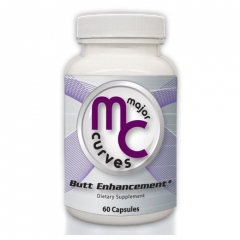
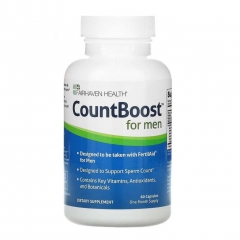
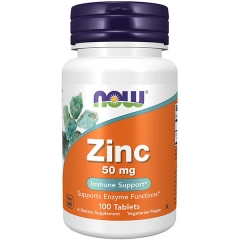
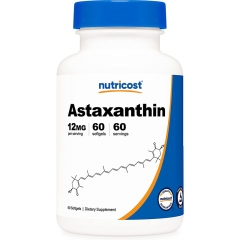
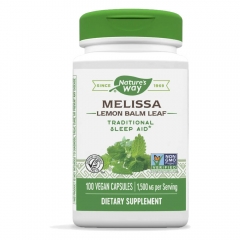
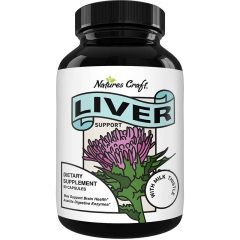
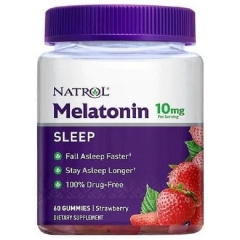
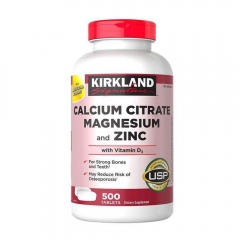

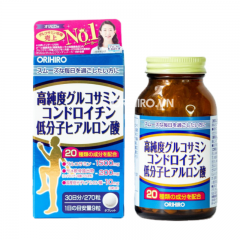
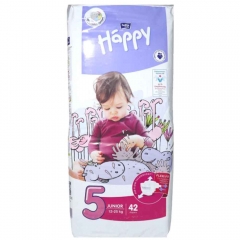
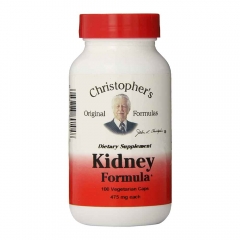

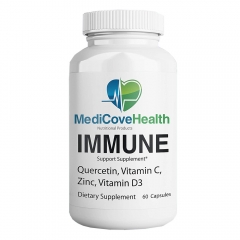




 KHUYẾN MÃI LỚN
KHUYẾN MÃI LỚN Hỗ Trợ Xương Khớp
Hỗ Trợ Xương Khớp Bổ Não & Tăng cường Trí Nhớ
Bổ Não & Tăng cường Trí Nhớ Bổ Sung Collagen & Làm Đẹp
Bổ Sung Collagen & Làm Đẹp Bổ Thận, Mát Gan & Giải Độc
Bổ Thận, Mát Gan & Giải Độc Chăm Sóc Sức khỏe Nam Giới
Chăm Sóc Sức khỏe Nam Giới Chăm Sóc Sức khỏe Nữ Giới
Chăm Sóc Sức khỏe Nữ Giới Chăm sóc Sức khỏe Trẻ Em
Chăm sóc Sức khỏe Trẻ Em Thực Phẩm Giảm Cân, Ăn Kiêng
Thực Phẩm Giảm Cân, Ăn Kiêng Bổ Sung Vitamin & Khoáng Chất
Bổ Sung Vitamin & Khoáng Chất Bổ Tim Mạch, Huyết Áp & Mỡ Máu
Bổ Tim Mạch, Huyết Áp & Mỡ Máu Bổ Mắt & Tăng cường Thị lực
Bổ Mắt & Tăng cường Thị lực Điều Trị Tai Mũi Họng
Điều Trị Tai Mũi Họng Sức Khỏe Hệ Tiêu hóa
Sức Khỏe Hệ Tiêu hóa Chăm Sóc Răng Miệng
Chăm Sóc Răng Miệng Chống Oxy Hóa & Tảo Biển.
Chống Oxy Hóa & Tảo Biển.